10 Gym Gear Gems Every Novice and Pro Bodybuilder Should Own
Hitting the gym consistently is a great start—but it’s not the whole story. Real progress in fitness doesn’t come from brute effort alone; it comes from smart choices that support your performance, recovery, and long-term results. Too often, even the most dedicated lifters overlook key gear that could elevate their training, reduce injury risk, and make every rep more effective. Whether you’re just starting your fitness journey or deep into the grind of bodybuilding, the right tools can be game-changers—transforming good workouts into great ones. From gear that protects your joints to tech that tracks your gains, it’s about training with intention, not just intensity. That’s why we’ve expanded our roundup to include 10 Gym Gear Gems Every Novice and Pro Bodybuilder Should Own. These aren’t just add-ons—they’re essentials that separate the plateaus from the breakthroughs. Ready to upgrade your routine? Let’s get into it.
1. Training Shoes
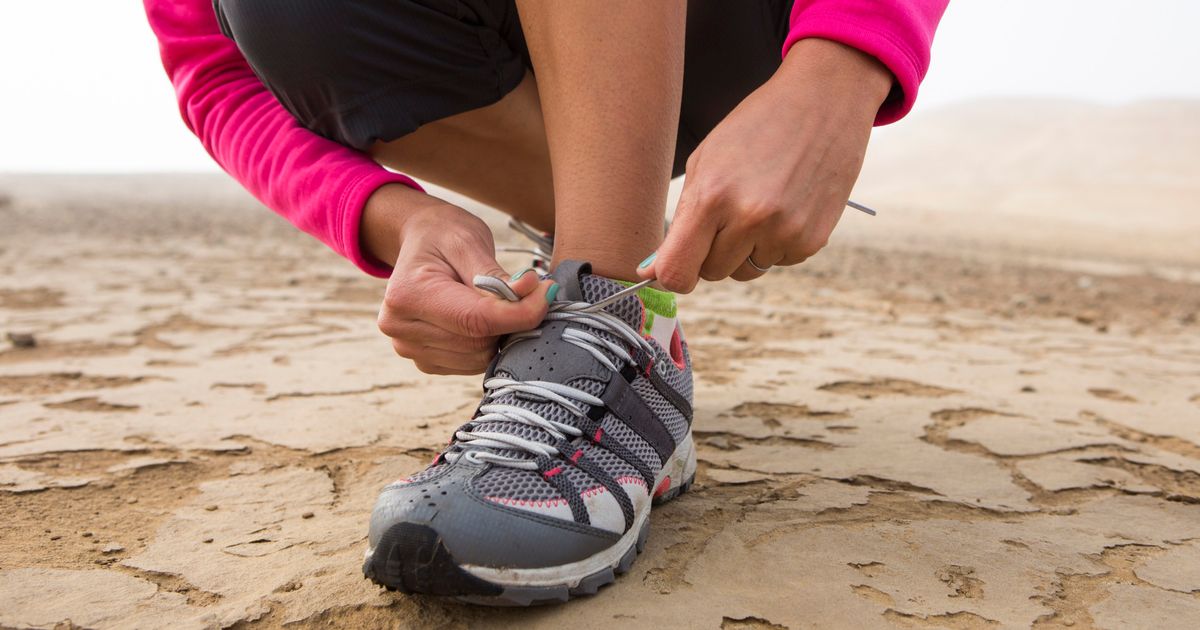
It doesn’t really matter what type of workout you are doing, the appropriate foot support is still necessary. An ill-fitting or inappropriate shoe can cause intense discomfort and even injury while the right shoe reduces the impact on your feet and joints and increases longevity in any fitness program. It’s not just about having new shoes, though. Picking the right type of training shoes is important. You’ll want to select your primary trainer based on what type of activity you do most often. For example, individuals training for a marathon will need running shoes, but those more active in CrossFit will want more of a cross trainer. Getting the right fit for your training shoes is also important. Try your shoes on in the late afternoon or evening or following your workout, as this is when feet tend to be the largest. Also wear sports socks when trying on your shoes. Allow yourself plenty of 'wiggle room,' which is about half an inch from your big toe to the tip of the shoe, and check for proper flexibility in the sole by carefully bending the shoe in your hands.
2. Fitness Trackers Or A Smartwatch
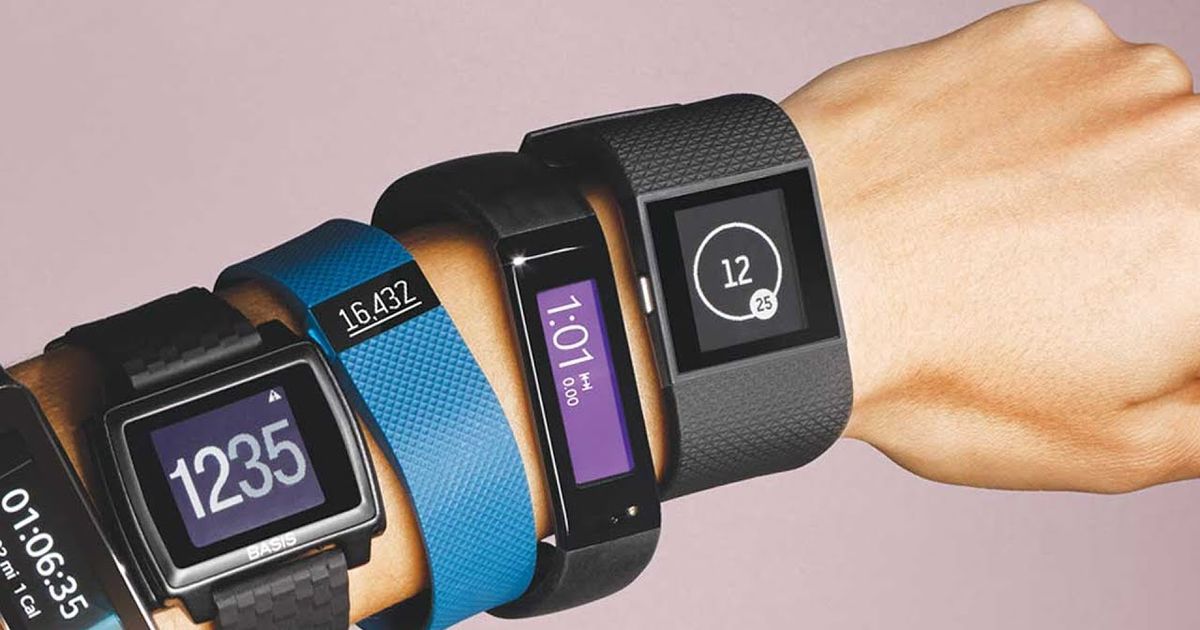
Another important workout essential is a fitness tracker or smartwatch. These activity trackers are the perfect way to monitor your progress toward your fitness goals. Whether you are training for a marathon, trying to lose weight, or just keeping fit, a fitness tracker provides you with invaluable insight into your journey. These trackers are designed for everyone from newbies to experts, so they accommodate any fitness level as well. Contrary to popular belief, trackers are more than just fancy gadgets. A device like this will help keep track of your progress, find free workout tips and suggestions, monitor important components of your health, form healthier habits, and stay motivated. Plus, with most fitness trackers, users have the opportunity to connect to a great community of other health-oriented individuals, which increases a sense of belonging and further supports goal achievement.
3. Compression Tee
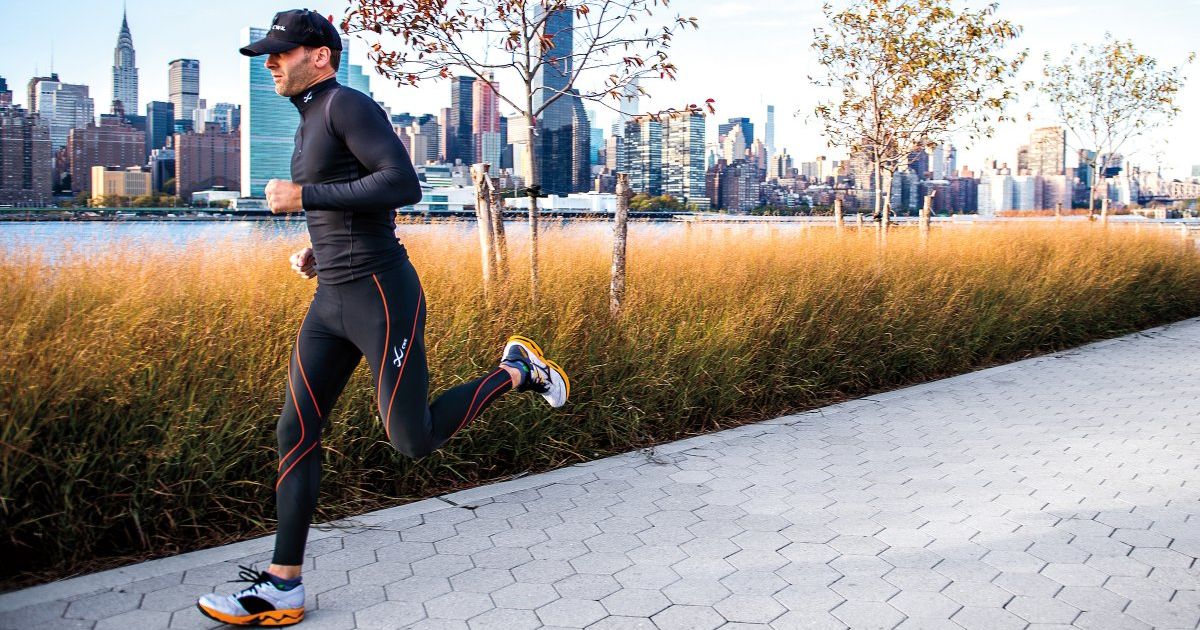
If you have been skipping the compression gear, it’s time to suck it up (literally) and give it a try. A good tee is about more than just showing off the chiseled physique you have worked hard to create. In fact, compression gear can actually enhance your workout experience in many ways. For starters, compression apparel supports recovery and promotes muscle rebuild after your workout. Likewise, compression wear is more breathable and provides natural sweat-wicking properties to keep the wearer more comfortable when sweating. Not only that, but a high-quality compression tee gives your body the support it needs when you’re performing different exercises, which can reduce strain and will help you power through the workout. Although it’s easily the most underrated workout essential, compression apparel not only helps you look the part at the gym, but it also helps you play the part. Pulling on a compression shirt rather than a regular t-shirt is one of the easiest things someone can do to improve their training efficiency and increase their overall recovery post-workout.
4. Water Bottle
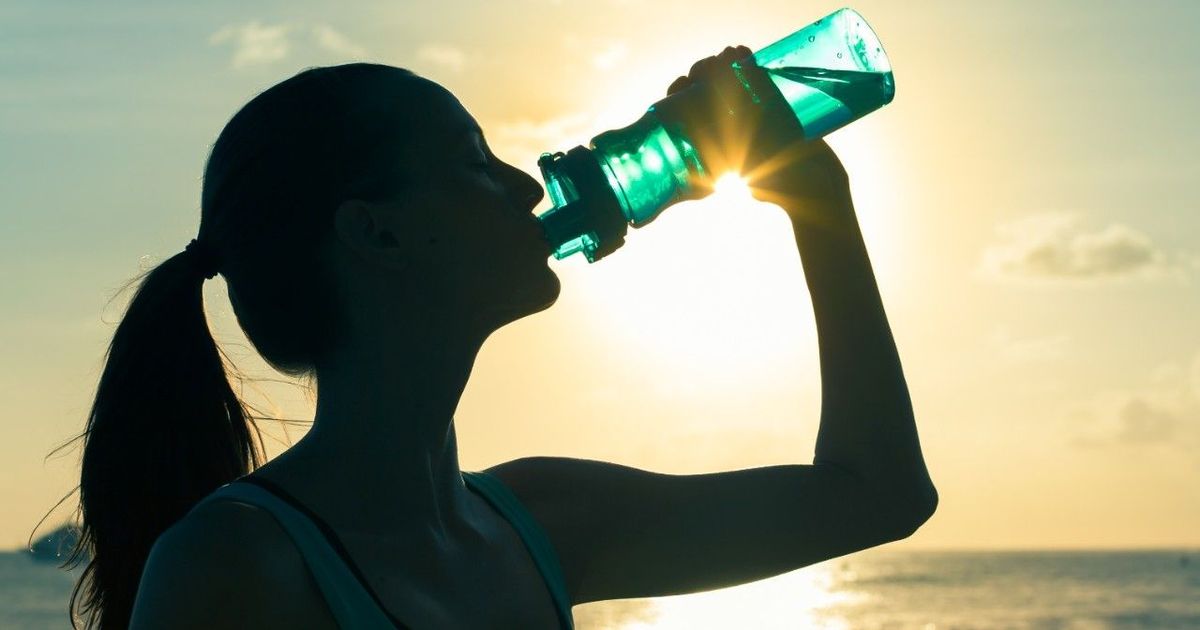
If compression tees are the most overlooked workout equipment, then water is the most overlooked nutrient for athletes. It goes without saying, but when you work out, you lose water from your body in the form of sweat, and you need to replace lost fluid with more water to remain healthy, ward off dehydration, and continue training. That said, most individuals don’t need anything more than just water to rehydrate during a workout, so any water bottle should do. However, you do want to make sure you’re getting enough water during your workout and after, so packing a water bottle in your bag rather than relying on a few sips from the fountain at the gym is your best bet. Also, if your workout extends beyond sixty minutes, you’ll need more than just water to replenish your body. This is because as your body loses water during your workout, it also loses sodium and potassium, which can cause confusion, muscle cramps, and more. Thus, those working out an hour or more need to toss an electrolyte-based drink in their bag too.
5. Protein Powder
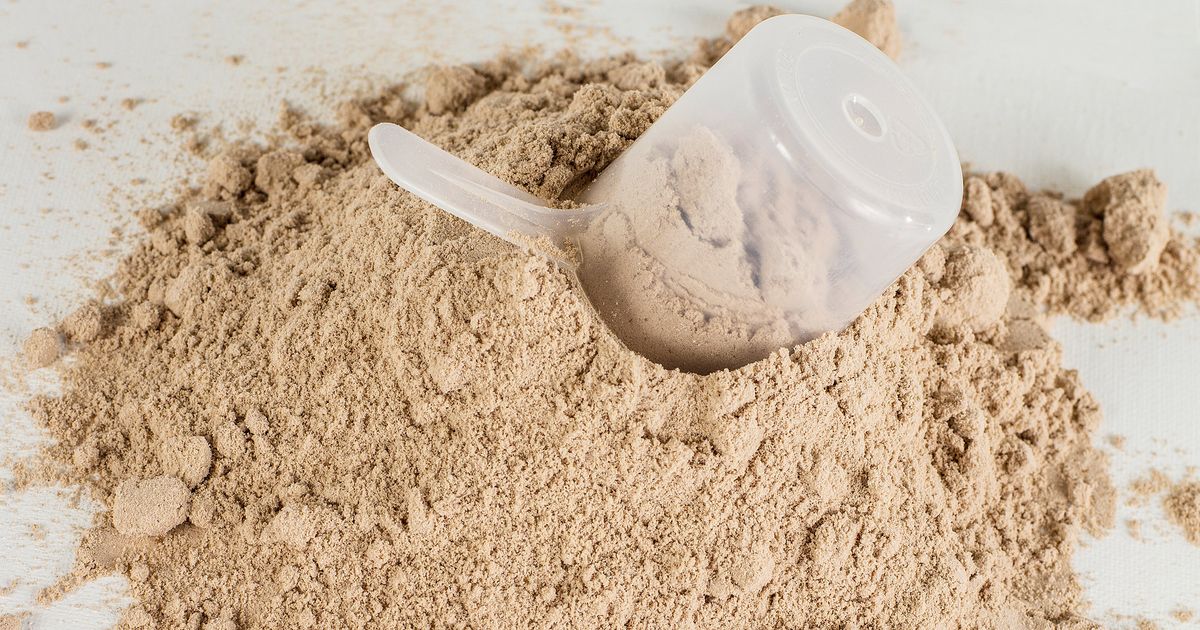
If you have been skipping out on the protein powder too, you’re doing your body and workout plan another disservice. When you’re regularly pushing your body to complete tough workouts, you are challenging your body and breaking down the muscle fibers. To be able to repair, rebuild, and synthesize new muscle fiber, your body needs the right mix of amino acids from protein. While it is possible to get protein from other healthy sources, one of the fastest and easiest options is a good protein blend. The big payoff with protein powder is it packs a serious amount of nutrition in a controlled amount of calories, meaning it gives the body everything it needs without any of the extras it doesn’t need to maximize your results. Likewise, getting the right combination of protein and carbs, found in most high-quality powders, within the thirty-minute window after your workout will help you recover quickly and gain more strength.
6. Foam Roller
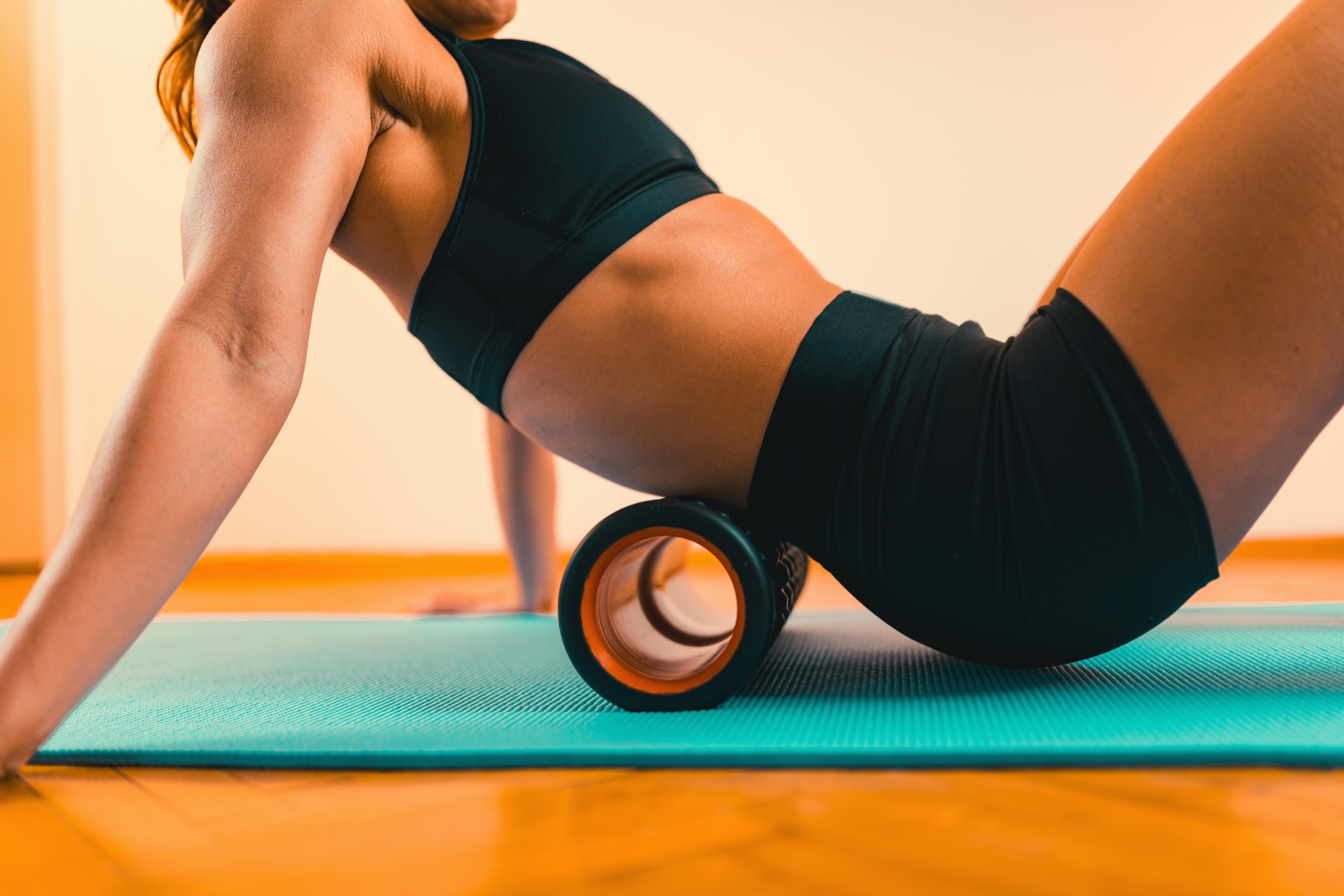
A foam roller might not look like much, but it’s one of the most effective tools for post-workout recovery. Think of it as your personal masseuse—rolling out tight muscles, breaking up adhesions, and increasing blood flow to speed up recovery. Whether you’ve just crushed leg day or gone hard on HIIT, spending 10–15 minutes on a roller can drastically reduce soreness and improve mobility. It also enhances flexibility over time, helping you move more efficiently and avoid injury. Choose a medium-density roller to start, and focus on major muscle groups like quads, hamstrings, calves, and lats. The payoff? Less downtime, better performance, and a body that actually wants to show up again tomorrow.
7. Resistance Bands
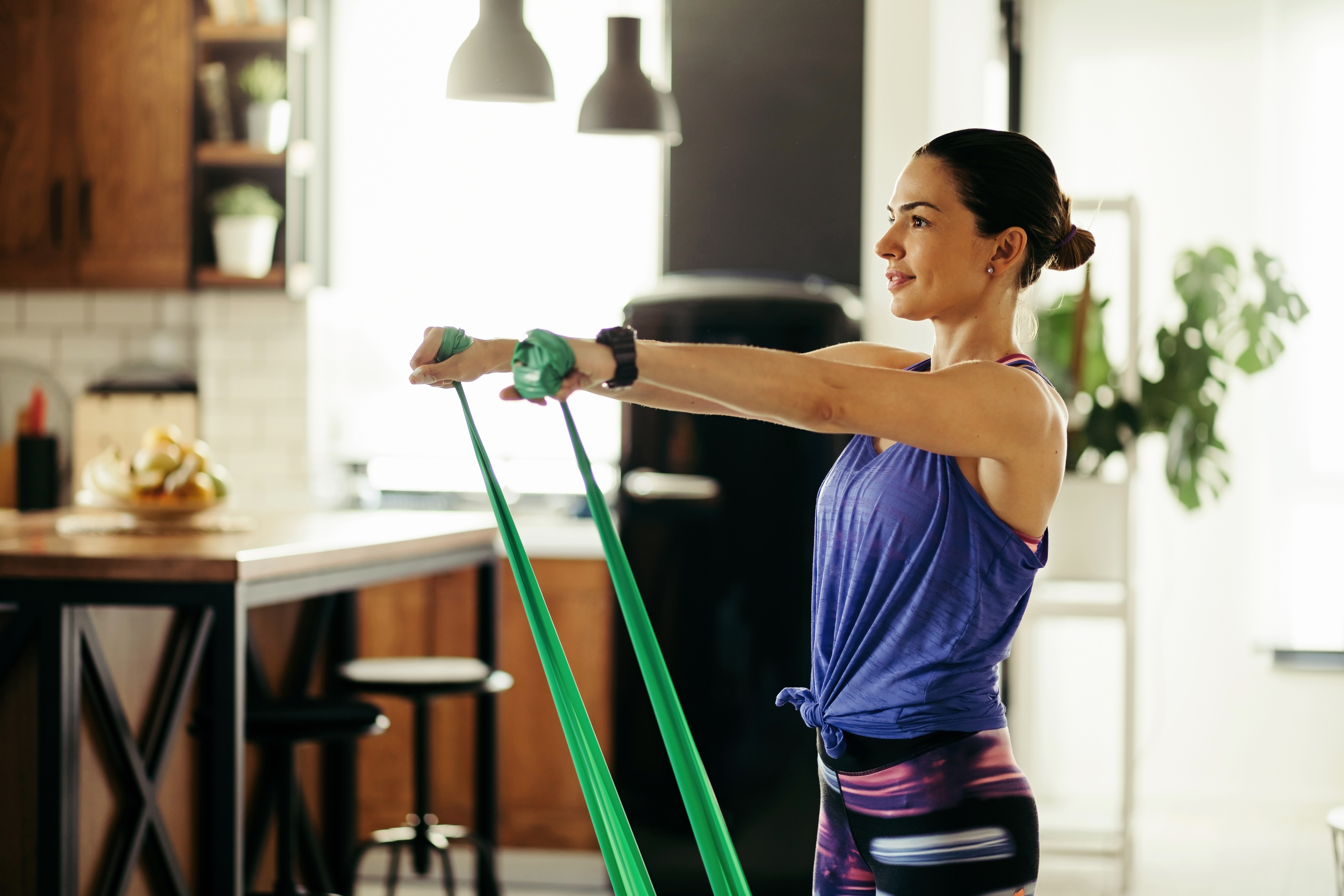
Don’t let the simplicity fool you—resistance bands are one of the most versatile tools in your training arsenal. Lightweight, portable, and surprisingly effective, they allow for targeted strength training, dynamic stretching, and even injury rehab. Perfect for travel or at-home workouts, they challenge your muscles without the joint strain that heavy weights can bring. Whether you're warming up with light resistance or torching glutes and shoulders with heavier bands, these tools scale to your level. They’re also ideal for activating stabilizer muscles often missed by traditional gym routines. Add a set of looped or tube bands to your bag—you’ll thank yourself on the days you can’t make it to the gym but still want results.
8. Gym Towel (Antimicrobial)
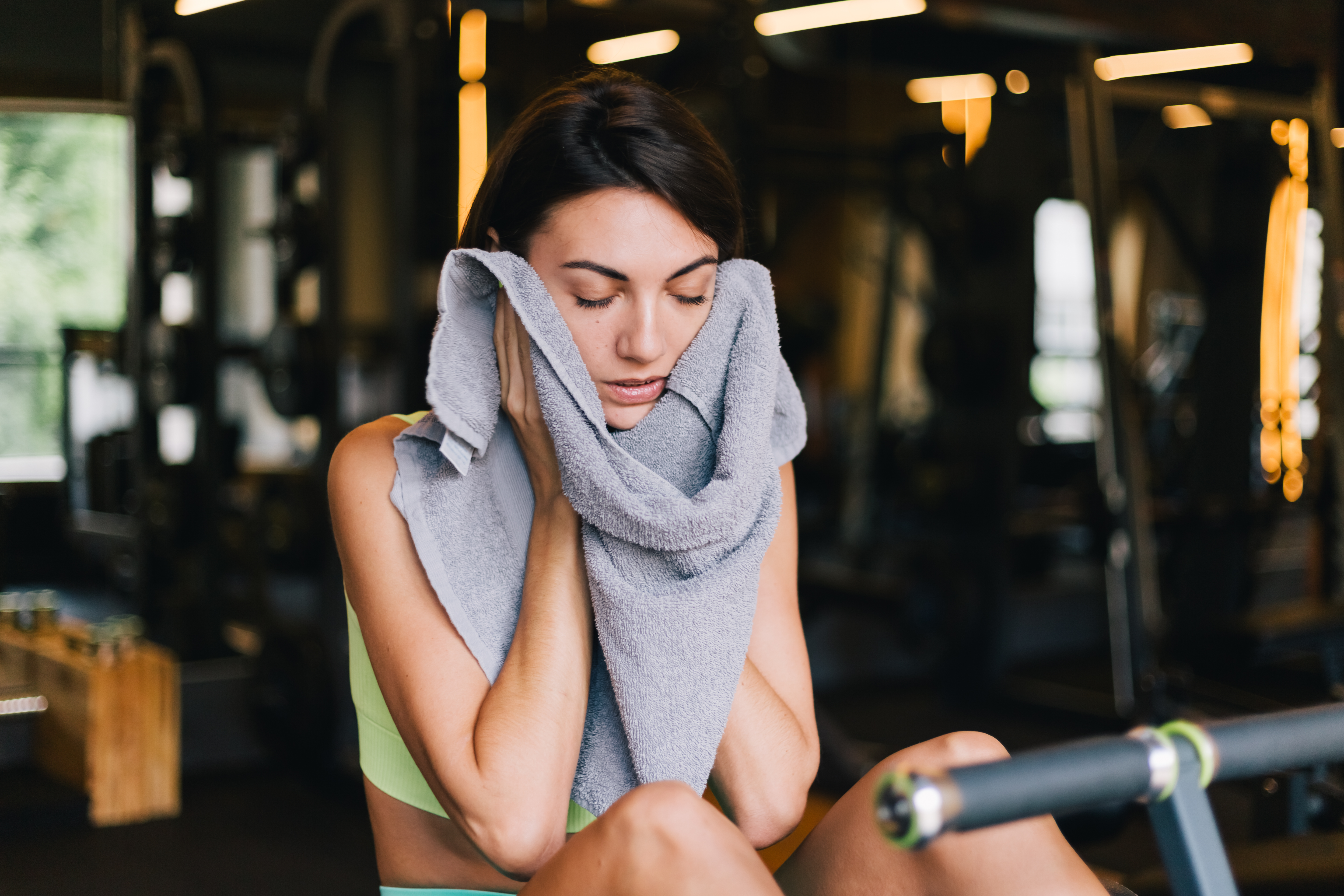
A gym towel may seem basic, but a high-quality antimicrobial one can make a world of difference. Sweat-soaked equipment, shared benches, and steamy locker rooms are breeding grounds for bacteria. Using a clean, quick-dry towel that resists odors and germs helps protect your skin and reduce the risk of breakouts, rashes, or infections. Plus, wiping down your equipment after use is basic gym etiquette. Look for microfiber options—they're ultra-absorbent, dry fast, and don’t add bulk to your bag. Bonus points if it comes with a loop or clip to hang on machines. In short: it's the smallest piece of gear with the biggest hygiene payoff.
9. Jump Rope

Once reserved for schoolyards, the humble jump rope is now a go-to conditioning tool for elite athletes. It torches calories, builds endurance, improves coordination, and strengthens the lower body—all in one compact, portable tool. Just ten minutes of intense skipping can match a half-hour jog, making it perfect for people short on time or space. Use it as a warm-up, finisher, or even a full HIIT session. Adjustable speed ropes made of steel cable offer precision and durability, especially for beginners aiming to level up. Plus, mastering double-unders or crossovers adds a skill-based edge that keeps things exciting.
10. Weightlifting Belt
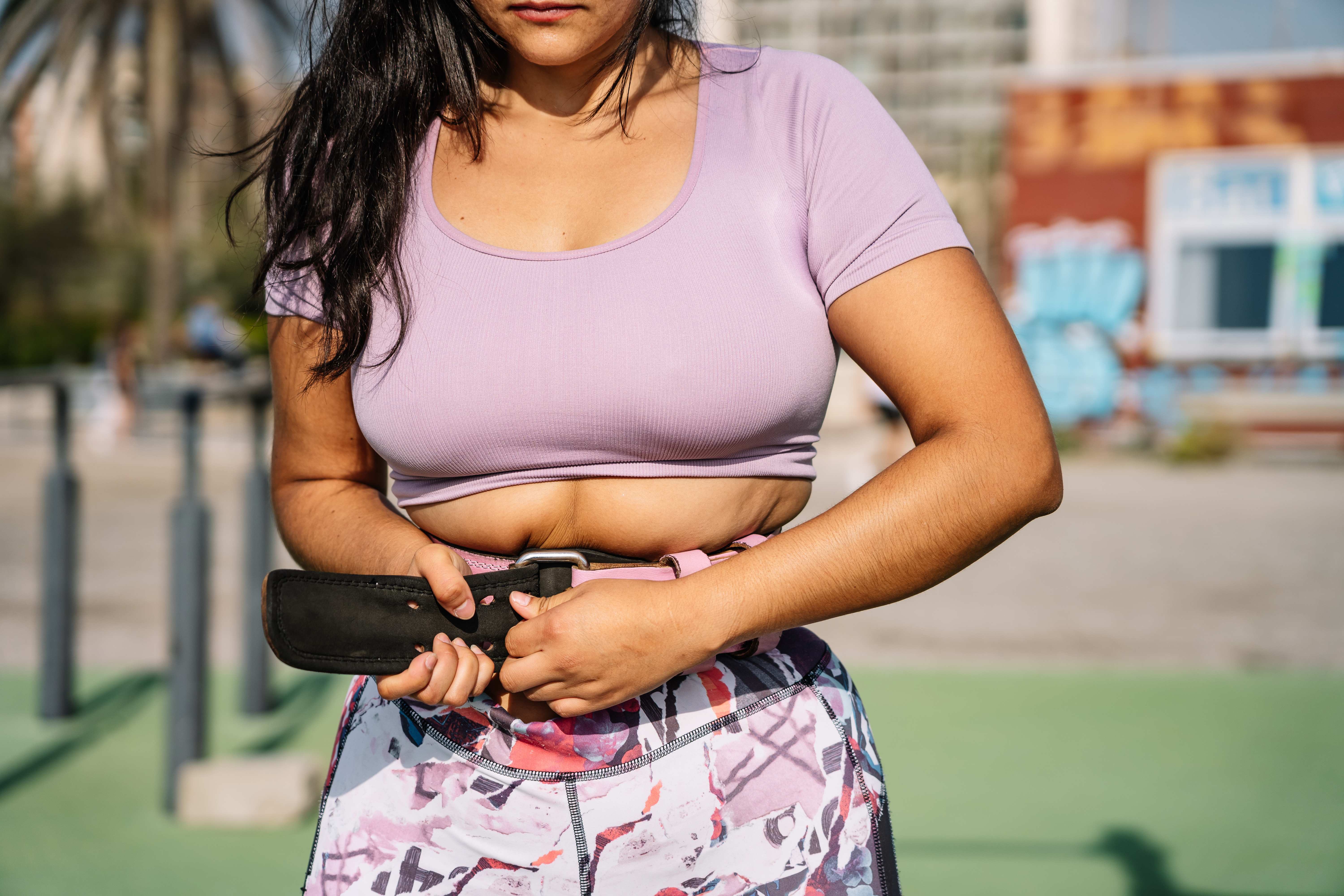
For those serious about strength training, a well-fitted weightlifting belt provides essential support during heavy lifts. It’s not a cheat code—it’s a stabilizer. The belt helps increase intra-abdominal pressure, which stabilizes the spine and reduces the risk of injury when squatting, deadlifting, or pressing serious weight. The key is to use it for your heaviest, most compound movements—not as a crutch for every rep. Look for belts with proper thickness (10–13mm), secure buckles or levers, and a snug but not suffocating fit. When used correctly, a lifting belt becomes a performance enhancer that lets you push your limits without pushing your spine too far.
Train Smarter, Not Just Harder
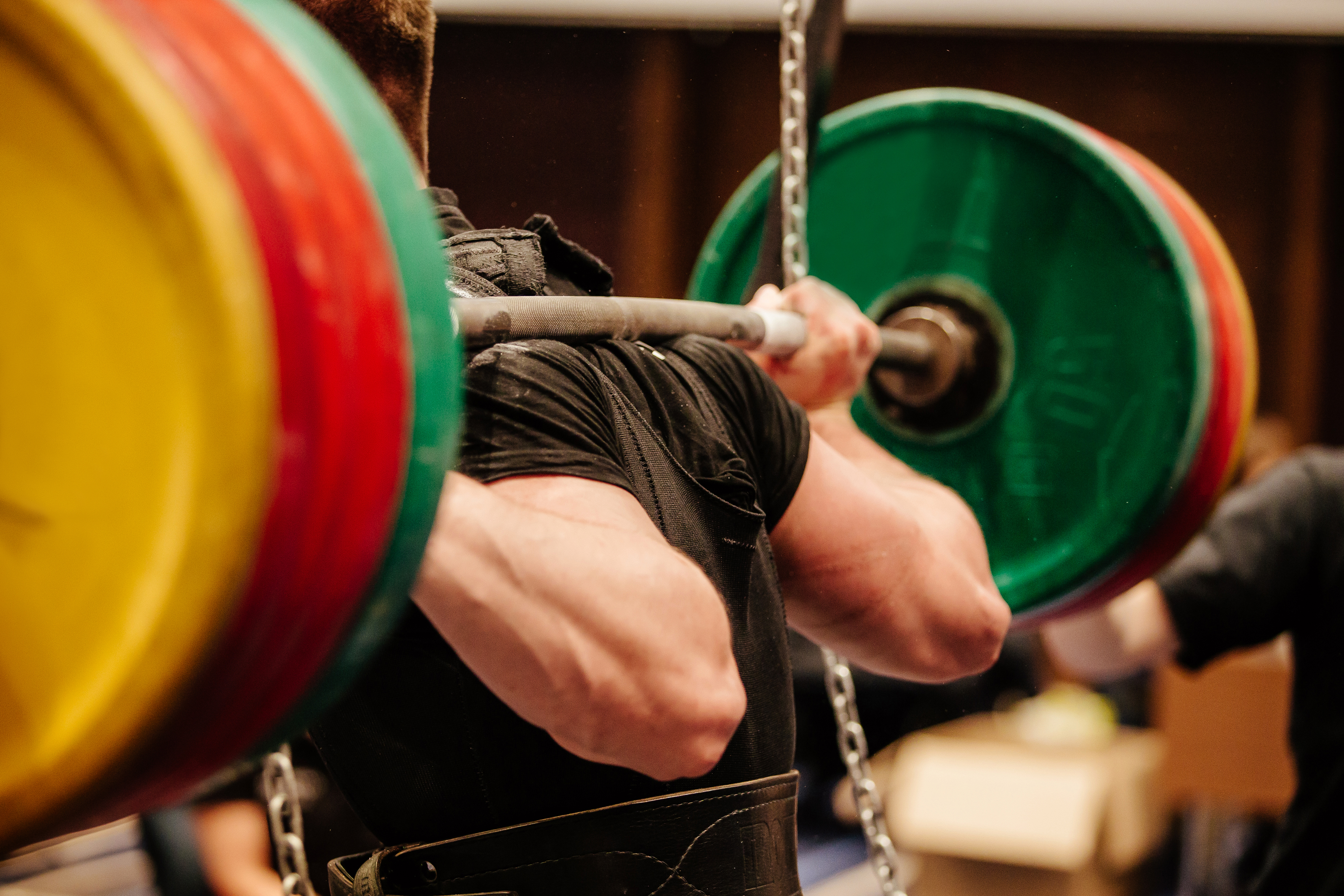
You can show up to the gym religiously, but real progress lies in how you prepare, recover, and support your body beyond the reps. The right tools don’t just add polish to your fitness routine—they amplify your performance, protect you from injury, and make every drop of effort count. From compression tees that aid recovery to jump ropes that ignite your cardio, each essential on this list plays a role in optimizing your results. Fitness isn’t about pushing blindly—it’s about pushing with intention. So next time you pack your gym bag, think beyond the basics. Choose gear that works as hard as you do. Because in the long run, it’s not just the hours you log—it’s how you show up for them. Equip yourself wisely, and you’ll not only see the difference… you’ll feel it in every lift, sprint, and stretch that follows.
